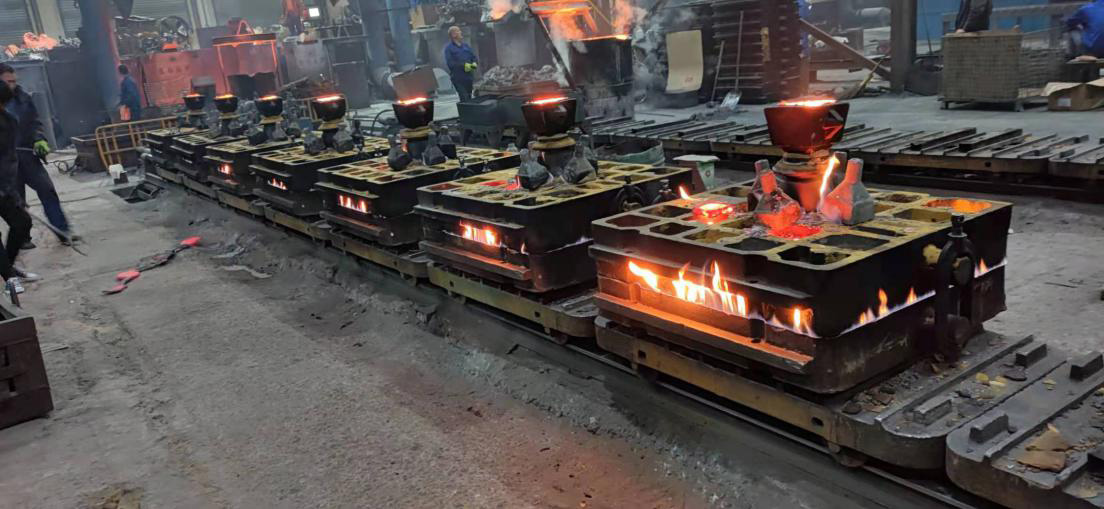Investment Casting vs. Sand Casting A Comparative Overview
When it comes to metal casting techniques, two of the most prominent methods are investment casting and sand casting. Each of these techniques has its own unique advantages and application areas, making them suitable for different types of projects. Understanding these differences can significantly impact the financial and production decisions of manufacturers.
Investment Casting vs
. Sand Casting A Comparative OverviewOne of the key advantages of investment casting lies in its material versatility. It can accommodate a wide range of alloys, including steels, aluminum, and even superalloys, which are often needed for high-performance applications. However, this technique comes with a higher upfront cost due to the elaborate setup and tooling required. The process can be more time-consuming, making it less favorable for large volume production runs where speed is of the essence.
investment vs sand casting

On the other hand, sand casting is the more traditional method of casting. It uses a sand-based mold, which is formed by compacting sand around a pattern. After the molten metal is poured in, the sand mold is broken apart to retrieve the cast part. Sand casting is incredibly versatile and can handle larger sizes compared to investment casting, making it suitable for a vast range of products, from large industrial components to smaller everyday items.
The primary advantages of sand casting include lower costs and shorter lead times, especially for low to medium volume production. The initial investment in equipment is also generally lower, making it accessible for smaller manufacturers. However, the trade-off is the surface finish and dimensional accuracy, which are not as refined as those achieved by investment casting.
In conclusion, the choice between investment casting and sand casting largely depends on the specific requirements of a project. Investment casting offers superior precision and surface quality necessary for high-end applications, while sand casting provides an economical and versatile option for larger, simpler components. Understanding these differences can help manufacturers align their casting choices with their production and financial goals.
Post time:נוב . 15, 2024 11:48
Next:sand ceramic
